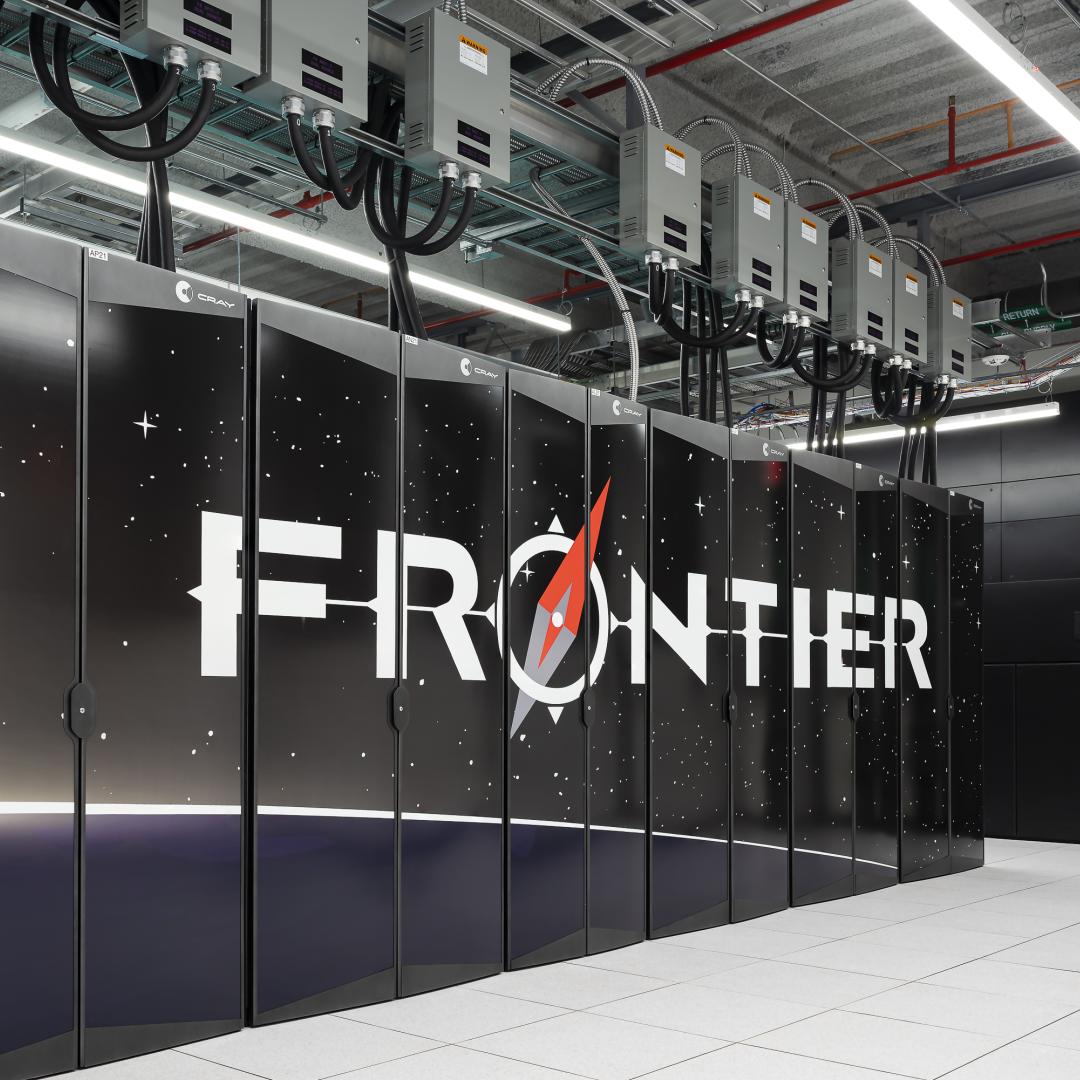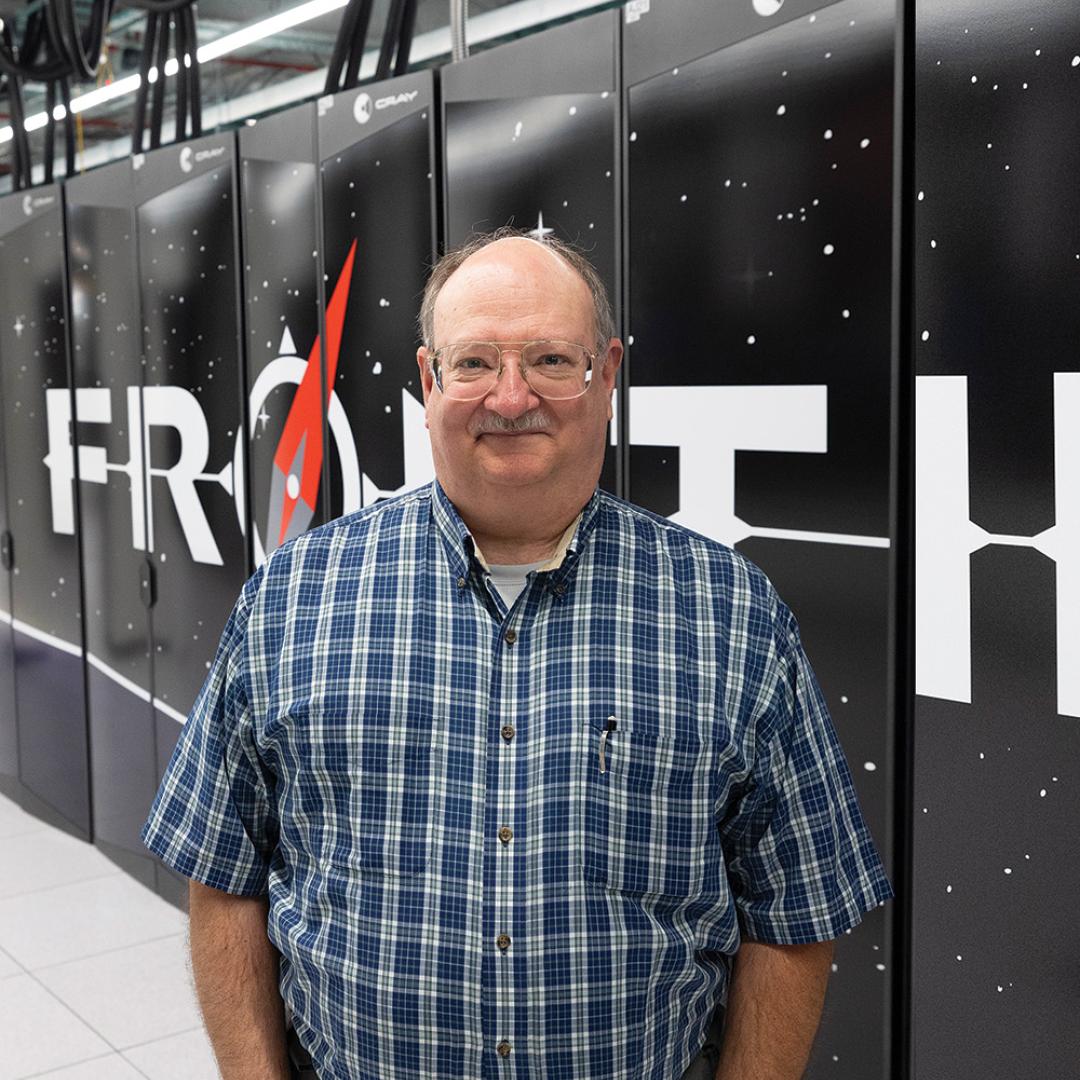Filter Issues
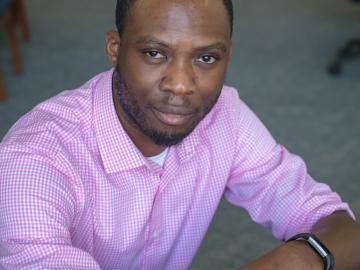
We ask some of our young researchers why they chose a career in science, what they are working on at ORNL, and where they would like to go with their careers.
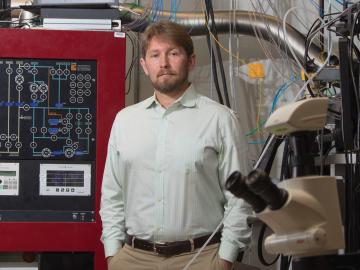
Researchers have been intrigued by the possibility of quantum computing at least since the early 1980s, going back to the colorful Caltech physicist Richard Feynman’s declaration that “nature isn’t classical, dammit, and if you want to make a simulation of nature, you’d better make it quantum mechanical.”
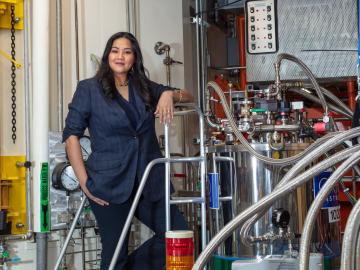
Quantum materials have a variety of potential uses—in novel sensors or powerful quantum computers, for instance— but they no doubt have uses that we haven’t even considered yet.
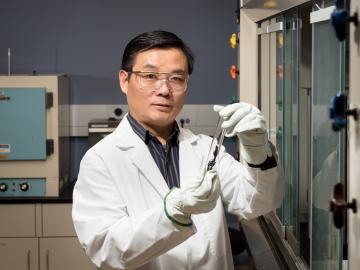
Before researchers can experiment with a promising new quantum material, someone has to produce it.
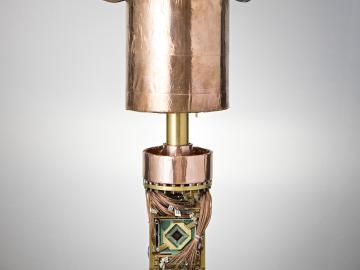
For all its strangeness—or perhaps because of it—quantum mechanics holds enormous technological promise. Computers built on the unique rules of quantum mechanics have the potential to solve problems that are literally unsolvable on even the most powerful traditional computers. Quantum key distribution seems poised to bolster information security, and materials built on the interactions of quantum particles form the basis of extremely sensitive detectors.
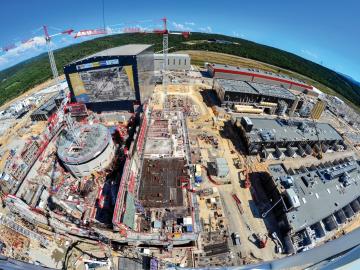
The doughnut-shaped ITER will, for the first time on Earth, create a burning (self-heating) plasma and contain it with a magnetic field. The plasma itself will be heated and sustained primarily by its own fusion reactions—literally the same energy source that powers the sun and the stars.
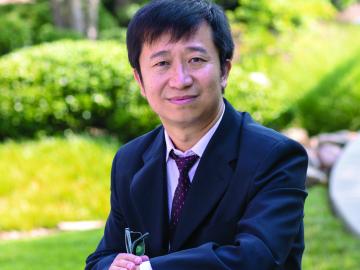
The next great materials discovery may well come from the exotic interactions of electrons at a scale a million times smaller than a human hair. This is the scale of quantum physics, and it’s where ORNL’s Huibo Cao focuses his effort.


